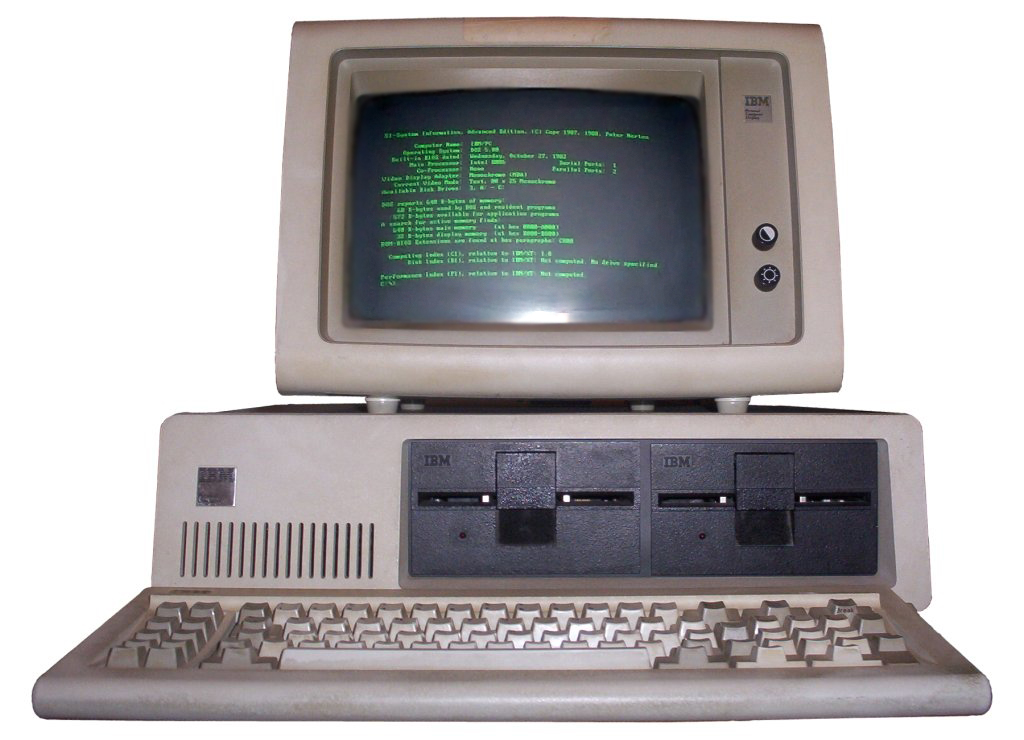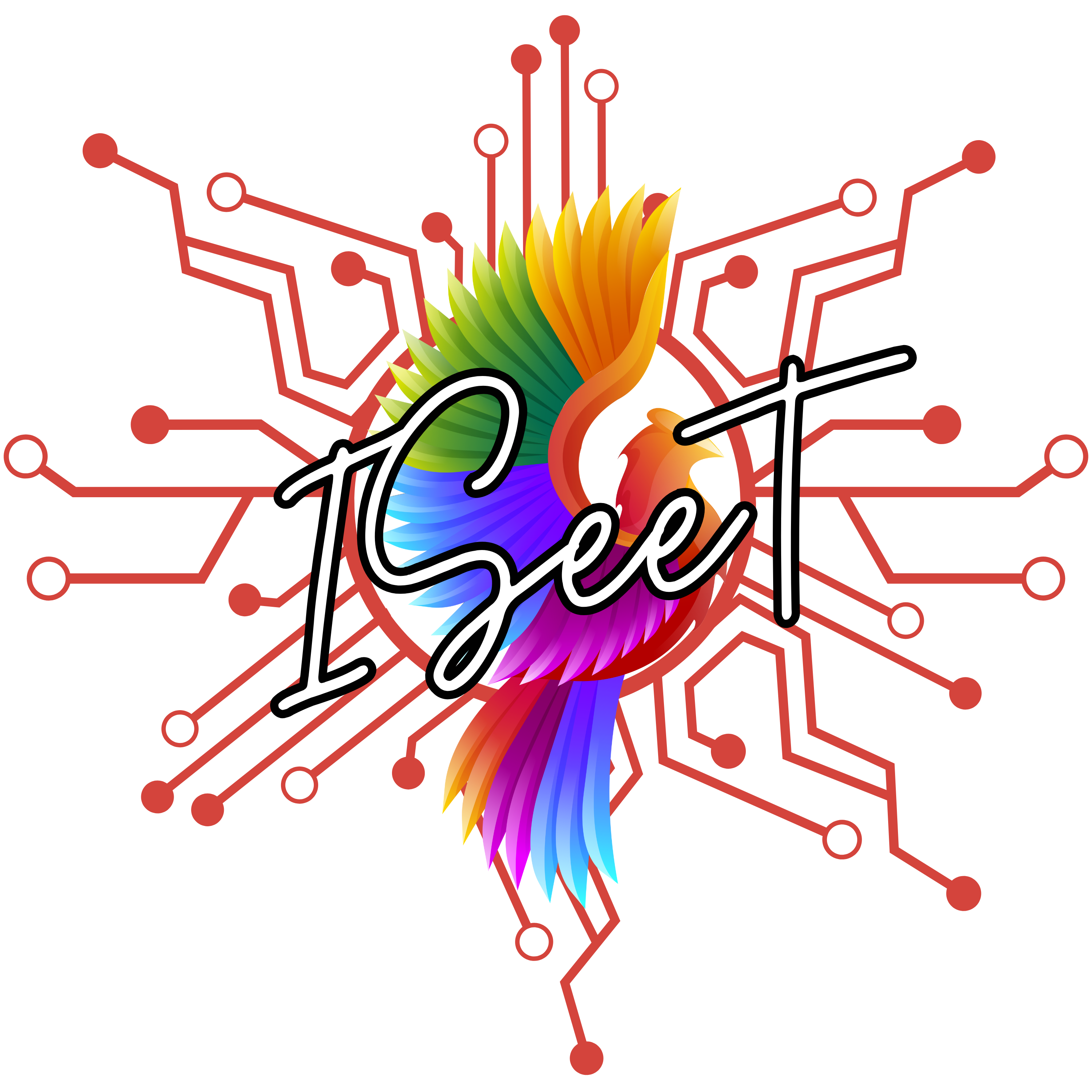
IBM PC
In record time, IBM engineers used cheap components to build a desktop computer that would coin the term PC. There is an Intel 8088 processor and DOS 1.0 on board. The open character (only the BIOS is really protected) and the fairly low price ensure great demand.
IBM Personal Computer (German “personal computer”, IBM PC for short) was the model name of the first personal computer (PC) from the US company IBM in 1981. Its successor models had the same name, with suffixes such as XT and AT. The device line was a major commercial success for IBM. The company thus set an informal, global industry standard and defined the device class of IBM-compatible personal computers that is still current today. The numerous replicas and continuations of IBM PCs by other companies were referred to as IBM PC compatible computers. The PCs on the market today with Windows operating systems and x86 processors are based on the constant further development of the concept back then.
The first IBM personal computer did not have a hard drive, but only one or two floppy disk drives. It had the internal name IBM model 5150 and was built unchanged for almost six years from 1981 onwards. Successor systems with hard drives were called IBM Personal Computer XT and later, with an Intel 80286 processor, IBM Personal Computer/AT. After the unfortunate introduction of the Personal System/2 models by IBM, which were not PC-compatible in terms of hardware, and with the appearance of Microsoft Windows 3.0, the expression “IBM PC” became a rather historical term as early as 1990. Since the introduction of Microsoft Windows 95, Windows compatibility has practically only been talked about in the PC market segment.
